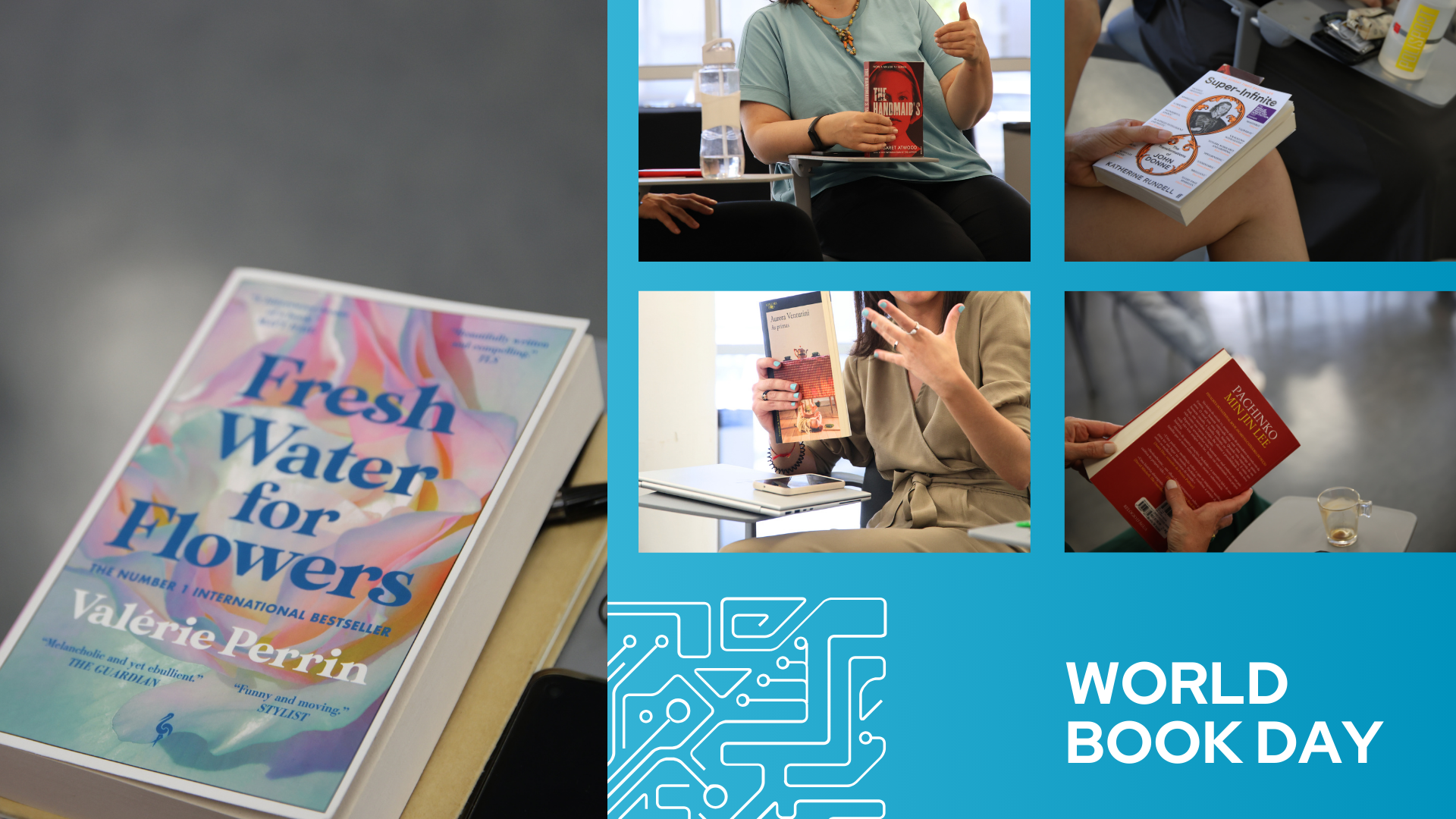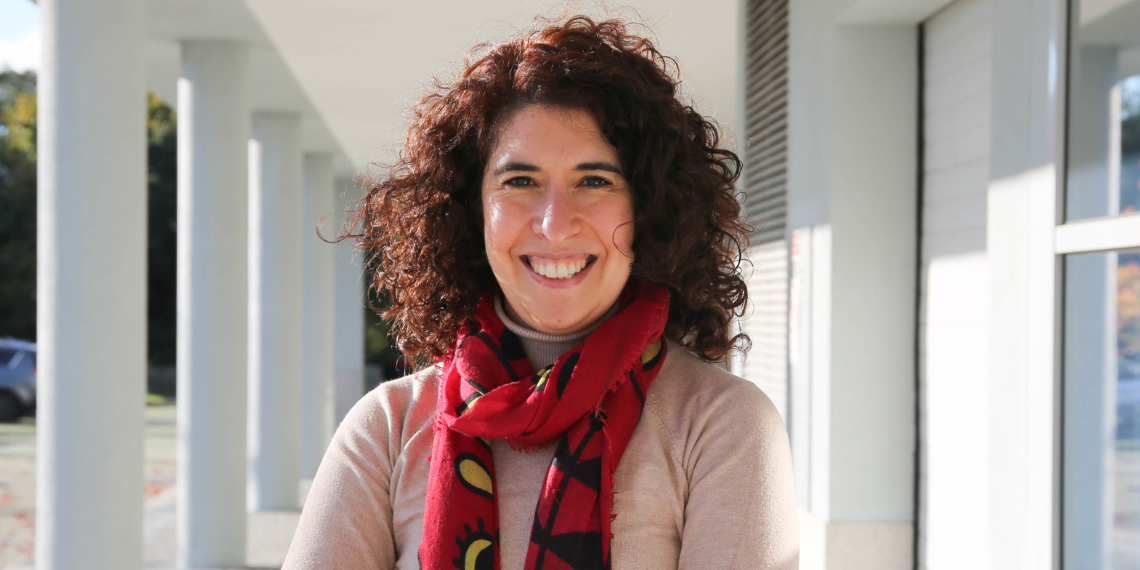A few days ago, I was challenged to write a definition of internal communication. There are several definitions, as we know, and at that moment, I “only” needed to write my own, knowing that there was no right or wrong answer. As in many areas, it depends. Still, in my mind, I searched for the “right” words, organised them, and came up with:
Communicating strategically and specifically to the people of an organisation, towards involving them in the life of said organisation.
I looked for the “right” words in what we do on a daily basis at INESC TEC’s Communication Service (SCOM), but turning practice into a definition seemed like a challenging exercise, to say the least – and one that made me reflect on the role that internal communication plays in the continuous effort to promote dialogue between the people who are part of an institution’s community (regardless of their nature).
Following the interaction with communication professionals, we often conclude that internal communication is often “overlooked” due to the external communication; it tends to be more operational than strategic, and it does not always meet the organisation’s objectives. Even so, the secret seems to be finding the answer the following: how do you promote this dialogue between in-house audiences? Now, it could be a good idea to introduce a definition of “dialogue” and “in-house audiences”, but, for now, I’ll just share a story.
A few years ago, while we were designing the communication plan for the following year – focusing on the internal communication objectives and actions – we thought it might be interesting to promote initiatives that would allow people to get to know each other and socialise around a common interest. In other words, to think of a hobby that could serve as a space for informal dialogue, help build trust, and reflect the organisation’s values: creativity, boldness, curiosity, innovation, freedom of creation and thought, collaboration, and a focus on people and inclusion.
From this, we began laying the foundations of the INESC TEC Book Club; we presented the challenge to the community, created a space that anyone can join via our internal chat, and have been organising informal meetings to discuss books ever since. The Club now welcomes over 70 people, who share tips, write reviews, and lend books. We even manage a Goodreads account! Before the meetings – and even though it’s not always easy to find available slots in our schedules – we set themes and choose books, while sharing our opinions. If it hadn’t been for the Book Club, I don’t know if I would have read Doctor Zhivago, for example. The books bring us closer together, but the real challenge is reading themes we wouldn’t have chosen otherwise – and we often end up surprised by the outcome.
I’ve already told you two anecdotes, and I still haven’t explained exactly what I’m here for. In April, we celebrate World Book Day. So, we thought it would be a suitable time to share this initiative with you. It started as an idea in a meeting room, then became an email sent to the entire INESC TEC community; today, it brings together a small group united by a common interest: books. But the group continues to grow, and we hope it will keep growing.
Furthermore, the Book Club is supported by the Commission for Diversity and Inclusion and the Technical Committee for Social Responsibility – which have already collaborated on sessions dedicated to multiculturalism and mental health awareness. There is even a list of books on themes related to diversity and inclusion, which we share among the Community.

It’s true that internal communication also involves sending emails, sharing content on TVs, the Intranet and via newsletters, organising team-building activities, and resort to many other channels and communication tools. It even includes our conversations with coworkers. But, most importantly, it’s about our ability to communicate transparently and clearly. It’s about listening to and understanding needs and expectations. It’s about telling stories, like those that inspire books or characterise our everyday lives. It’s about feeling safe and confident in the Community that welcomes us. It’s about fostering dialogue. And it can involve a book club, a board game club, a sewing club, a cooking club, or an arts club. The opportunities are endless, and the answers lie with the people.
It’s a shame that World Day for Physical Activity has already passed – next year, remind me to tell you the story of how the INESC TEC group on Strava came to be. For now, I leave you with an invitation to read more – and, if you enjoy books, join a Book Club or create one in your organisation. It will be worth it!
Sofia Maciel, Assistant Service Manager of the Communication Service



 News, current topics, curiosities and so much more about INESC TEC and its community!
News, current topics, curiosities and so much more about INESC TEC and its community!